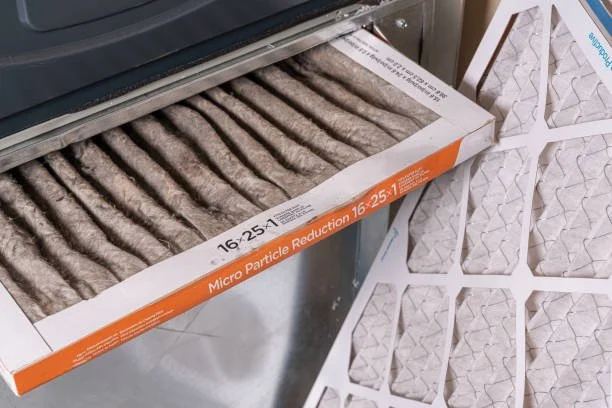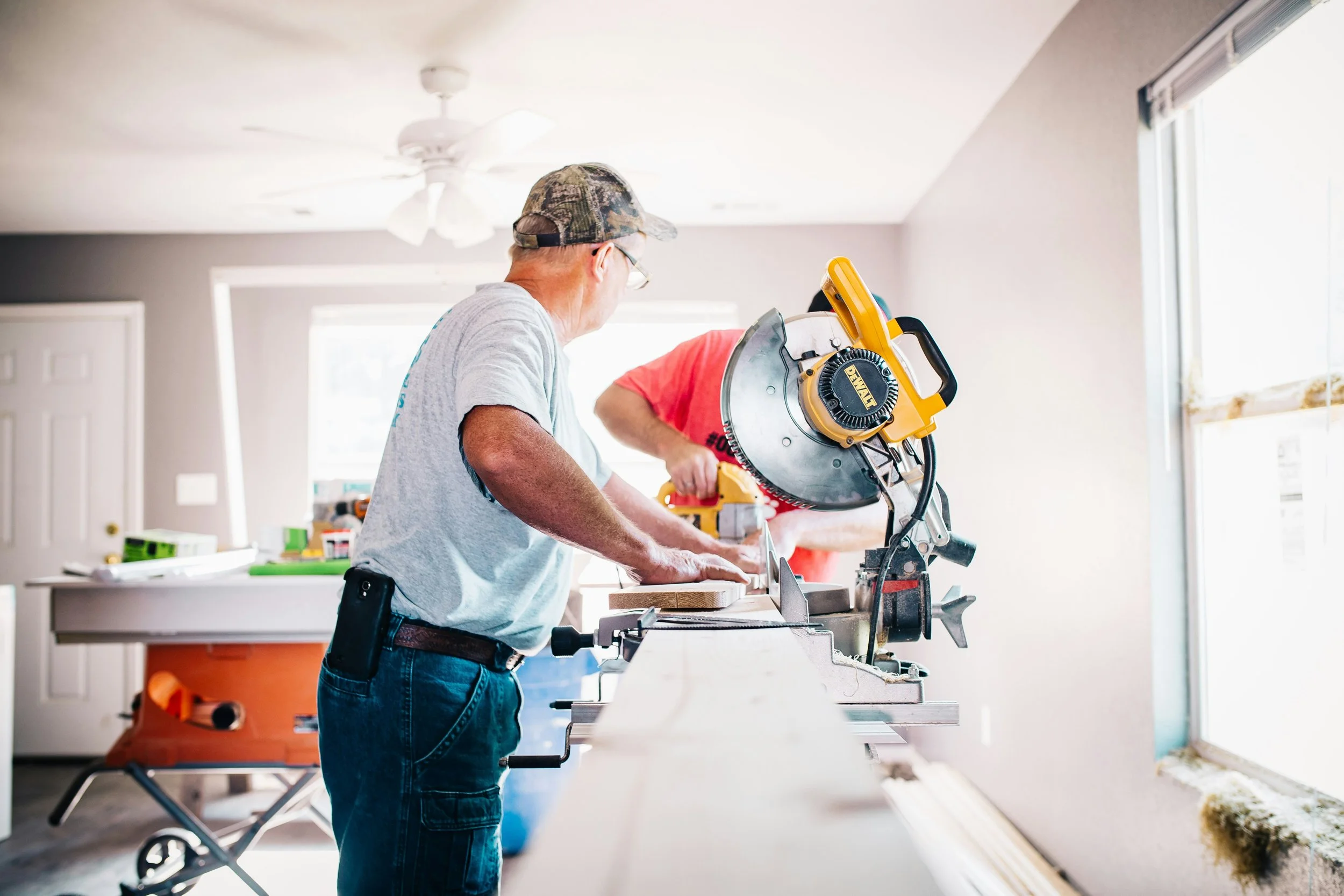Are you a landlord or a facilities manager in the United Arab Emirates? Consider installing a water pump at your property. No villa or apartment building, no matter how beautiful, will be rented out if it has no running water or has feeble water pressure – and water pumps can help alleviate or resolve water supply, pressure and distribution issues.
However, before talking to water pump suppliers in the UAE, read this article for useful information on the different types of water pumps used in residential properties.
What Is a Water Pump?
A water pump is a mechanical appliance that moves water from one place to another. It uses different mechanisms, such as centrifugal force or positive displacement, to lift, circulate or pressurise water and, thus, fulfil different needs.
A water pump draws water in and then uses an impeller (in the case of centrifugal pumps) or gears, pistons, or diaphragms (with positive displacement pumps) to push water out at a higher pressure than it came in. Water pumps are indispensable in modern homes and buildings because they move water across long distances, up multiple storeys and through piping systems.
Types of Water Pumps for Residential Applications
There are many ways to classify water pumps. There are booster, submersible and pool pumps, among others. Booster pumps boost water pressure, submersible pumps operate while fully submerged in water, and pool pumps move water into swimming pool filtration systems.
The following are two types of water pumps based on their mechanism.
1. Centrifugal Pumps
Centrifugal pumps operate by generating energy in the water through a spinning rotor. Its central component, an impeller, spins rapidly, creating centrifugal forces that drive the water outward from the centre of the pump to the periphery and out through the pump volute or casing.
The movement of the water through the pump increases water pressure and flow rate. This makes centrifugal pumps efficient at moving large volumes of water through pipes and into overhead tanks, among other applications.
There are three types of centrifugal pumps according to the number of stages:
● Single-stage pump: Single-stage centrifugal pumps have a single impeller assembly.
● Two-stage pump: A two-stage pump has two impeller assemblies. Going through these two assemblies allows water to become more pressurised.
● Multistage pump: Multistage pumps have multiple impeller chambers. The water pressure gradually increases as it goes through every impeller assembly.
2. Positive Displacement Pumps
Positive displacement pumps move water through the cyclic pumping action of pistons, gears, screws, diaphragms, rollers, or vanes. Unlike centrifugal pumps, which impart velocity to water through a rotating impeller, positive displacement pumps move water by trapping a fixed amount of it and forcing (displacing) it out into a discharge pipe.
There are two types of positive displacement pumps, differentiated by their mode of action.
● Rotary positive displacement pumps: Rotary positive displacement pumps use the rotation of cogs or gears to suck water into the pump inlet and push it out through the discharge alternately.
● Reciprocating positive displacement pumps: Reciprocating positive displacement pumps move water through the forward and backward strokes of a piston, plunger or diaphragm. The retraction of the plunger or piston or the expansion of the diaphragm creates a vacuum that sucks water into the pump chamber. As the plunger or piston moves back into the chamber, it displaces the water, causing it to flow into the discharge valve.
The continuous, rhythmic displacement of water leads to a steady flow rate unaffected by the pressure on the discharge side. This is what makes positive displacement pumps highly reliable for specific residential applications.
Residential Applications of Water Pumps
Water pumps have various residential applications. These include the following:
1. Water Supply
Centrifugal pumps are often used to supply water to buildings and individual apartment units.
● They pump water from wells, cisterns or tanks, ensuring a constant water supply for drinking, cooking and bathing.
● In homes with low water pressure – say, apartments on higher floors – centrifugal pumps can serve as pressure boosters, improving the flow in showers, taps and other water outlets.
2. Irrigation
Centrifugal and positive displacement pumps can irrigate lawns and gardens. Centrifugal pumps can supply high-pressure water to sprinklers, and may even be adapted by design and through pressure regulators for other irrigation setups. However, positive displacement pumps can be more efficient than centrifugal pumps in irrigation applications.
Water pumps can be used not only for sprinkler systems but also for the following types of irrigation setups:
● Drip irrigation
● Soaker hoses
● Surface irrigation
● Subsurface irrigation
● Micro-sprinkler and micro-spray irrigation
3. Pool Management
Centrifugal pumps are used in the filtration systems of swimming pools and water features. The primary types of pumps used for swimming pools include single-speed, dual-speed, and variable-speed pumps:
● Single-speed pumps: Single-speed pumps run at a constant speed, circulating water through the pool's filtration system at a steady rate. While effective for basic pool maintenance, they can be inefficient, as they run at full power whenever they are on.
● Dual-speed pumps: Dual-speed pumps can operate at either a high or low speed. This allows energy savings during low-demand periods while still providing the option to increase speed for heavy filtering or pool vacuuming tasks.
● Variable-speed pumps: Variable-speed pumps provide precise speed control, so they are only as fast as required. They are the most advanced and energy-efficient option among swimming pool pumps.
Meanwhile, positive displacement pumps can be used in pool maintenance, too. You can use them to introduce liquid solutions into your swimming pool.
4. Heating and Cooling Systems
Heating, ventilation, and air-conditioning (HVAC) systems can use centrifugal water pumps for heat exchange and transfer.
● They can circulate hot water in heating systems, including underfloor heating setups.
● They can circulate chilled water for air-conditioning.
5. Wastewater Management
Buildings in low-lying areas prone to flooding can have sump pits in their basements. A water pump (either submersible or pedestal) can automatically remove and discharge accumulated water from sump pits to prevent water damage.
Centrifugal pumps are commonly used in sewage applications. However, positive displacement pumps make good sewage pumps because they are excellent at moving fluids with a high solid content.
6. Rainwater Harvesting Systems
Water pumps, particularly the submersible variety, are used in rainwater harvesting systems that collect and redistribute rainwater for non-potable uses.
Centrifugal and Positive Displacement Pumps for Your Property
Residential properties and apartment buildings need water pumps. Centrifugal pumps are excellent for moving large volumes of water and increasing water pressure. Positive displacement pumps, with their ability to deliver consistent flow rates, are ideal for tasks that require precision and moving fluids with a high solid content.
Installing and maintaining water pumps, among other things, are part of the cost of buying and owning property. Deliberate on your choice of water pump, making sure to choose the correct variant for your application.












